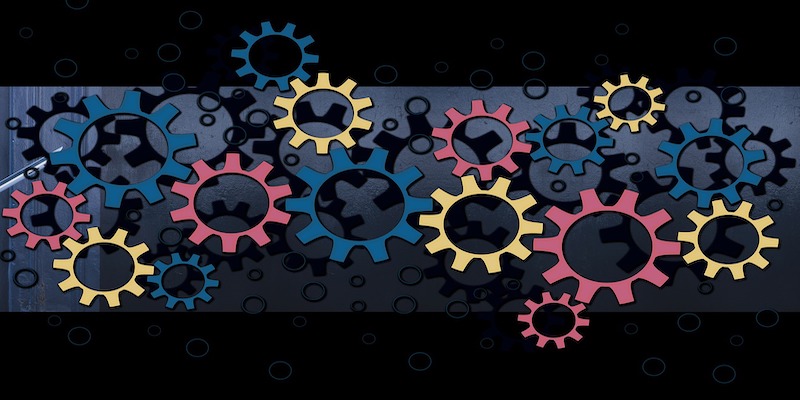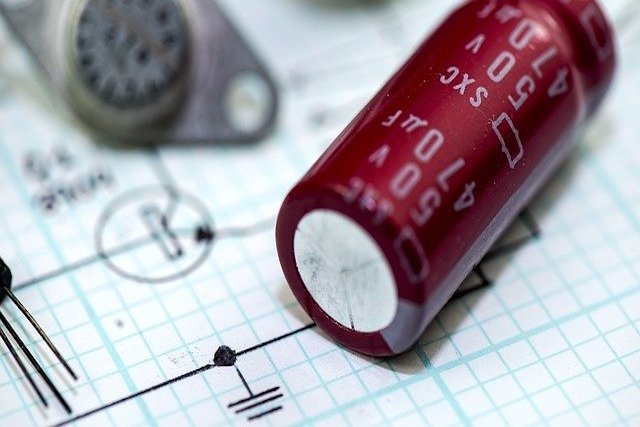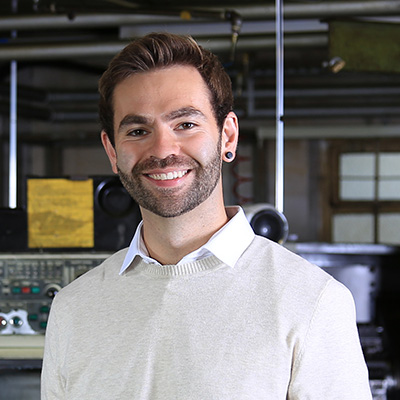The process of CNC precision engineering can be relatively straightforward, however there are a number of important elements that are needed to ensure it goes as smoothly as possible. The majority of these should be provided by the client at an early stage so that the project can get off to a good start.
With this in mind, we present our guide to all the information you should provide to your CNC precision engineering supplier. Not only will we discuss the details required, but we’ll also look at the process as a whole – right the way through from initial enquiry to the delivery of your items.
Required Information

To ensure that your CNC precision engineering order can be processed as efficiently as possible, there are a number of different pieces of information you need to provide to your manufacturer. On initial enquiry, for example, you will usually be required to provide a digital drawing or design, or even a sample of the original part.
Your provider will then use this to get all the relevant information about how the component was constructed – such as material specifications, finish requirements and potentially an assembly drawing. You will also be required to provide information on the quantities you require, plus any relevant deadlines you may have.
If there are any details that you are missing, your CNC precision engineering supplier will be able to work with you to ensure they have everything they need to work on your project. This includes suggesting the most appropriate materials and methods to create your components.
What if I Don’t Have Digital Instructions?

There may come a time when you require CNC precision engineering but don’t have detailed digital instructions to hand. This is particularly common in situations when you are wanting to replace a very old part that is either not being produced anymore, or the original manufacturer is no longer in business.
While you could be forgiven for thinking that you would struggle to obtain the parts you need, the reality is that this can easily be done via a service known as reverse engineering. This extremely useful process allows for historical drawings and paper instructions can be uploaded onto computer aided design (CAD) software to create a digital document that can easily be used to create the desired component. Not only that, but it means the process of obtaining the part in the future will be a lot more straightforward.
Reverse engineering can also help if you only have a physical copy of the part you want to reproduce. Your manufacturer will be able to use 3D scanning software to determine how the component was created and will also take apart the item to get a thorough understanding of how everything was put together. The process will also involve creating a set of digital instructions to make manufacturing the product a lot easier in the future.
What Happens Next?

Now that you’ve provided your manufacturer with all of the required information, you’ll then be ready to commence the CNC precision engineering process. The first stage of which is to receive your quote for the work you want to be carried out. The timeframe for this can vary depending on the provider you are working with, however a reliable supplier should be able to give you a rapid quote.
Your manufacturer will next set up a consultation so they can gain a thorough understanding of your individual requirements. Since there is no one-size-fits-all solution to CNC precision engineering, your provider should be able to effortlessly alter their working practices to meet your needs and ensure that everything is delivered to your exact specifications first time, every time.
Once the full scope of the project has been agreed, the process will then move to the production stage. The required components will be manufactured using CNC machining or CNC turning and be monitored throughout this stage by the company’s quality control procedures. This is to ensure that the components you receive are of the highest possible standard and fully meet your requirements.
With production complete, the final stage of the CNC precision engineering process is to deliver your finished products. This is usually done via the manufacturer’s trusted couriering partner, however it can sometimes be arranged for you to pick up your components directly from your supplier.
How to Choose the Right CNC Precision Engineering Supplier

If you’re looking for high-quality CNC precision engineering, you’ll want to make sure that you’re working with a provider you can rely upon. The question is, how do you determine which one is right for you?
There are actually a number of different criteria you should look out for when looking for a precision engineer. Not only must you be able to rely on their quality of work, but you should also have no trouble in forming a lasting professional relationship that leaves you safe in the knowledge that whatever you need, you can rely on your provider to help.
This is where EGL Vaughan comes in. We’ve amassed over 40 years of experience in providing high-quality CNC precision engineering to a wide range of clients from all areas of industry – especially the energy sector.
We never compromise on quality and have robust procedures in place to ensure that all our work is completed exactly as required – first time, every time. We’re also adept at creating strong relationships with our clients which results in them returning to us time again.
No matter your requirements, we will work with you to ensure that your project will be an immediate success. Even if you don’t possess all the information in the beginning, we will take the time to gather all relevant details and recommend what we believe is the best course of action for your individual requirements. This gives you the peace of mind you need that everything is being taken care of.
For more information on how EGL Vaughan can help you with your CNC precision engineering requirements, request a quote or contact our team today.





